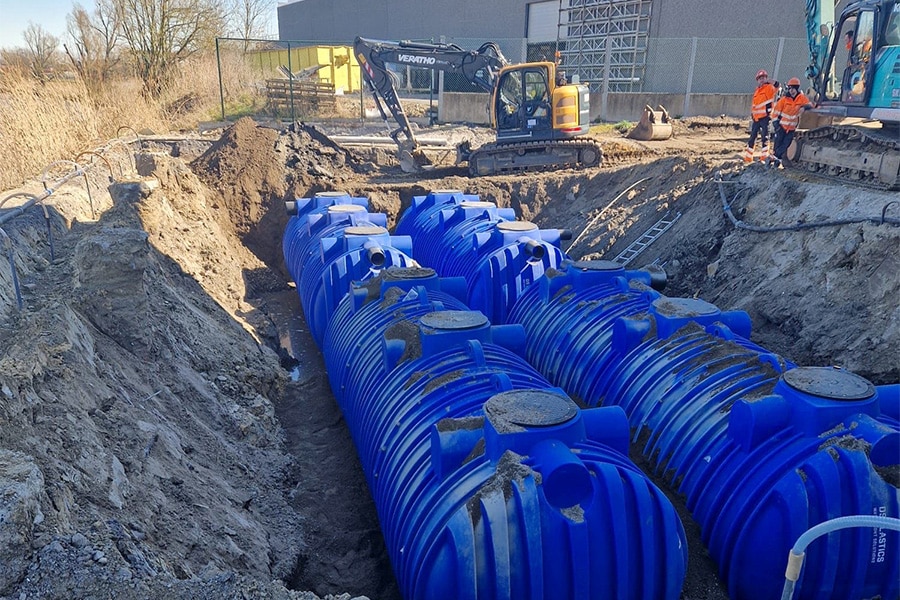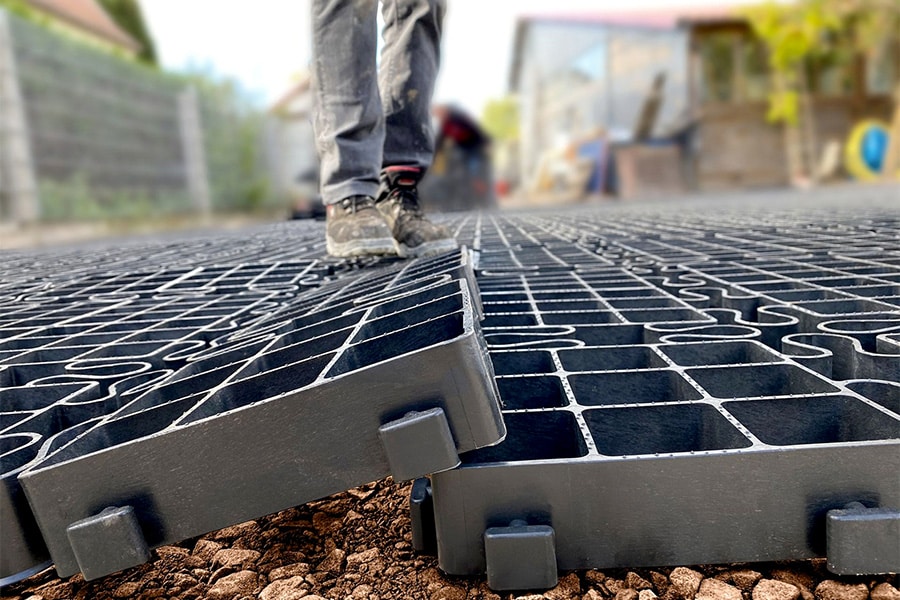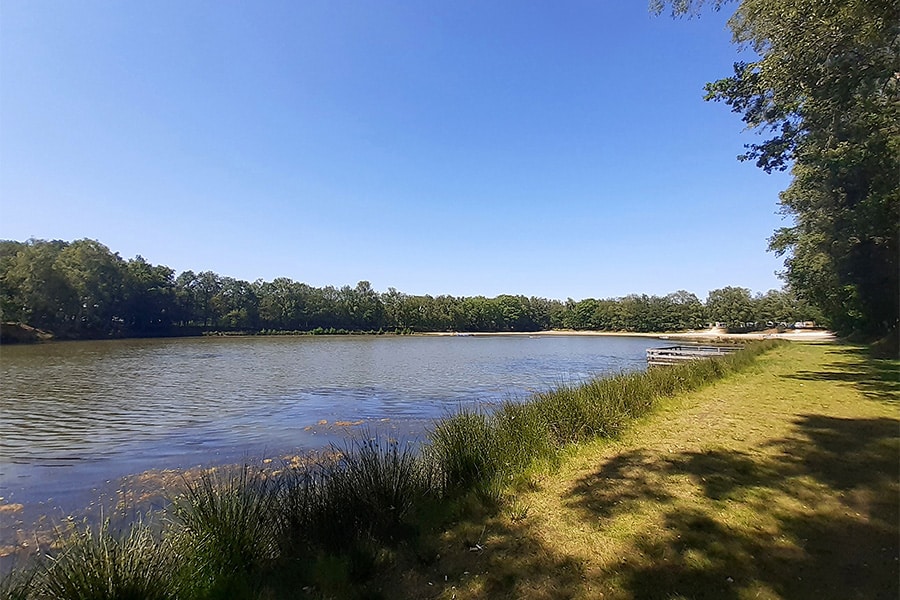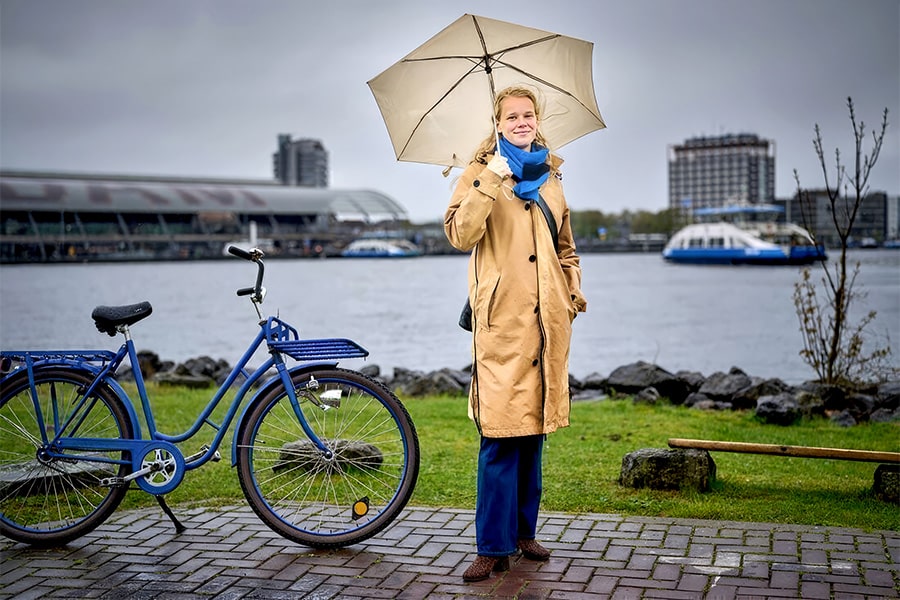
Experienced levee builders
Because of the complexity of the dike reinforcement task, the Markermeerdijken project is being carried out in a unique form of cooperation, a public-private partnership between Hoogheemraadschap Hollands Noorderkwartier, Boskalis and VolkerWessels companies. A way of working together that, according to Willem-Jan de Vos, member of the Alliance management team, fits in with Boskalis' corporate culture and is also a good way to solve large and complex issues in the future.

"By involving market parties in a project at an early stage, the combined knowledge and experience can be used to arrive at the most optimal solution for design, execution method and incorporation into the environment," De Vos begins. "The dike reinforcement task of the Markermeer dikes is innovative and requires inventive and well thought-out solutions. As experienced dike builders, together with the other Alliance partners, we managed to come up with a solid project plan. A plan that eventually withstood a Council of State procedure (due to objections from the environment). In the end, we did not have to adjust the plan at any point. The content of the plan rings like a bell."

Leading hydraulic contractor
The private parties within the Markermeer Dikes Alliance are no strangers to each other. "It's a proven combination," says De Vos. "We complement each other very well when it comes to capacity and the contribution of people, knowledge and resources. For example, we already have experience from previous projects with this innovative way of working together, but also with building on soft ground, such as on project A2 Hoogegelegen, a combination of 'wet and dry' work in alliance form. Here on the Markermeer dikes we from Boskalis can make full use of our years of expertise as a leading hydraulic contractor. Indeed, the dyke reinforcement operation is being approached almost entirely from the water. A strategic choice in the project plan that has resulted in considerably fewer objections and appeals. It has created support in the environment. And we can obviously live up to that."

Specific equipment sets
The project was divided into three sections, each with its own project team. "For each of these sections, unique working methods were devised to suit the specific circumstances. For example, we have adapted or even newly developed equipment sets for applying the sand for the pre-loading and dike reinforcement," explains De Vos. "In the northern part, a so-called embankment dike is being constructed, a long sand dune five kilometers in front of the existing dike. Using a floating bucket dredger, the sand was pumped to the newly formed embankment and processed there in the traditional way with earthmoving equipment. In the middle subarea, on the other hand, we are dealing with a narrow strip where, because of the weak subsoil, it was possible to work with much lower production rates. Here a crawler crane has been converted into a spraying set that is connected to a floating soil press by means of a long discharge pipe. Thus, step by step the new dike is being built. Finally, for the southern sections, we converted a work vessel and equipped it with a hydraulic crane with a spraying arm which is used to surgically apply layer upon layer of sand. Here, too, the weak subsoil guided the chosen working method. Thanks to the 'steel boxes' attached to the vessel for more buoyancy, we can continue working longer if a certain shallow depth is reached."
Matching equipment to a project is precisely one of the qualities that sets Boskalis apart, De Vos summarizes. "Besides being experienced dike builders, we are real technicians. You can tell by the enthusiasm of our people. We have an awful lot of in-house knowledge for designing and building dikes, but also thrive in a collaborative environment such as here on the Markermeer dikes. Our corporate culture is very approachable and open-minded towards other parties. I am convinced that this type of collaboration between builders, policy makers and designers is essential to keep our country habitable for centuries to come."



